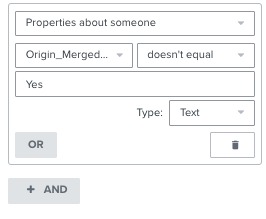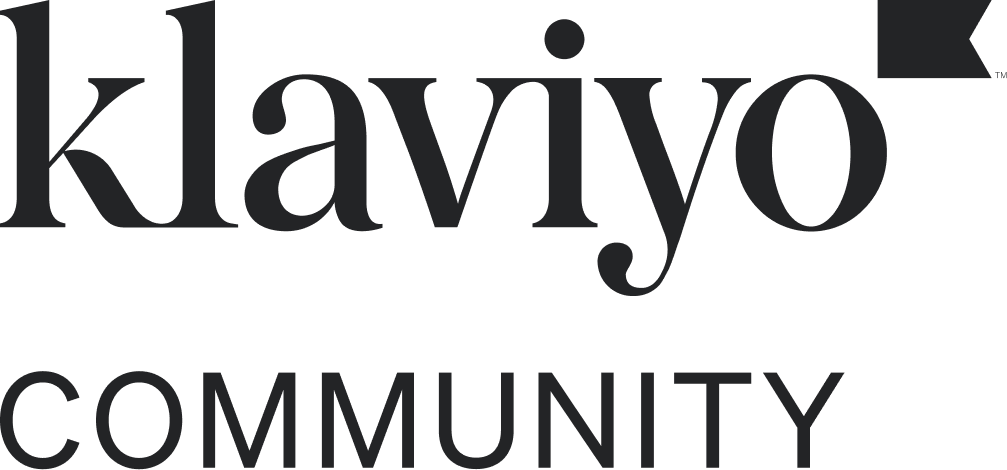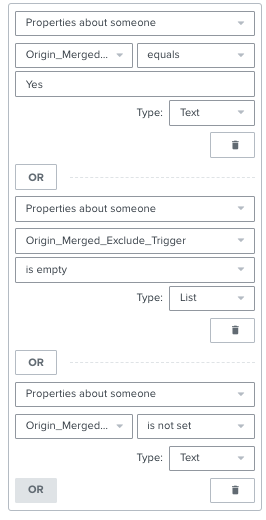So I’m about to merge a bunch of lists… I have a segment that is pulling in all the profiles, which i’ll export, then add a specific custom property to each profile which will correspond to a flow filter for flows that are triggered by list membership ( as outlined in this klaviyo doc)
I think I’m pretty much ready to pull the trigger (pun intended) but what I want to clarify is…
If all my current profiles get this new property (I’m calling it “Origin_Merged_Exclude_Trigger” with a value of “Yes”), what does the flow filter do to new profiles that have NO value for this property? Will they still enter the flow as intended? I’m just a bit concerned about the “doesn’t equal”...

Hope this makes sense! Thanks!


![[Academy] Deliverability Certificate Forum|alt.badge.img](https://uploads-us-west-2.insided.com/klaviyo-en/attachment/505f2253-cde5-4365-98fd-9d894328b3e0_thumb.png)

